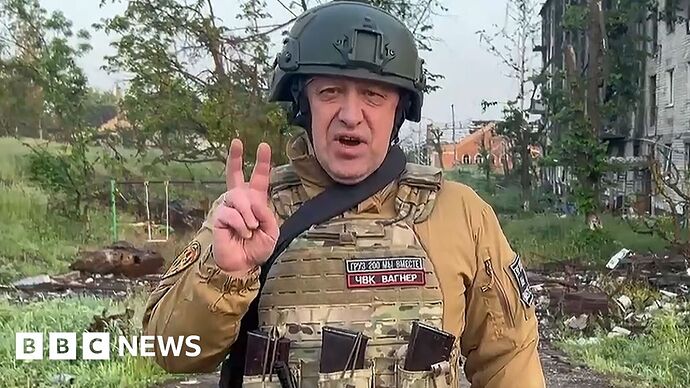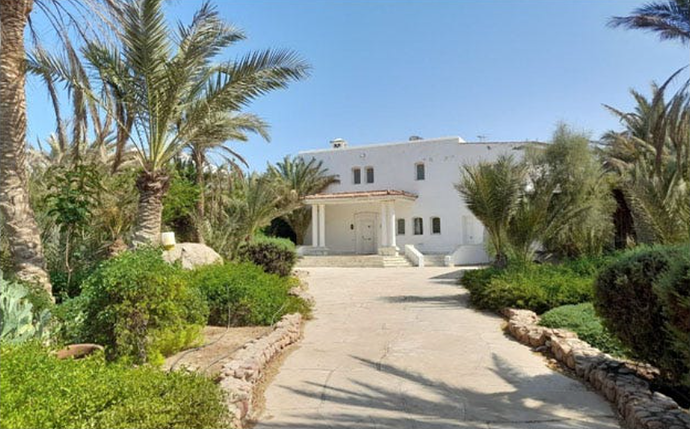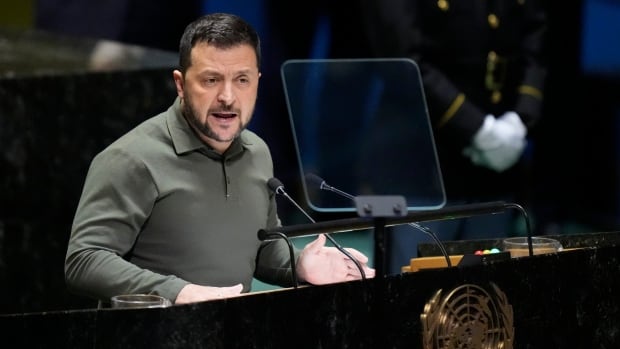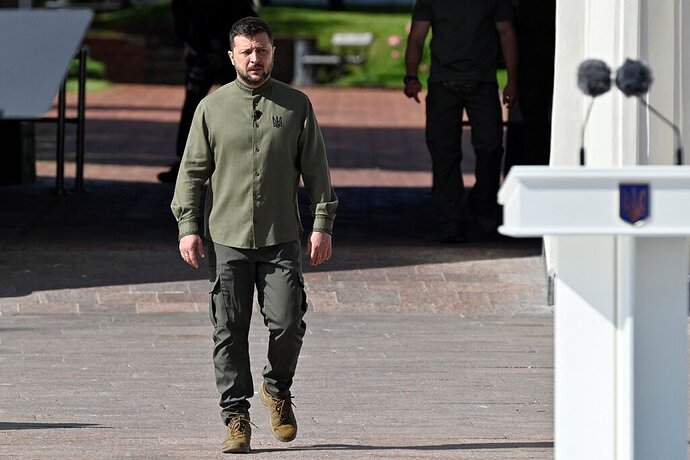Currency rates for Rubles, big US bucks. Goldman Sachs doing Gods work, as usual…
https://www.bloomberg.com/opinion/articles/2023-08-02/the-us-is-more-aa-now
—-
But when Russia invaded Ukraine, all of a sudden there was a real arbitrage: Suddenly nobody in the US or most of Europe wanted to own rubles, and … I won’t say that nobody in Russia wanted to own dollars or euros, exactly,[[4]] but for patriotic and capital-control reasons there was a lot of demand from Russian exporters to exchange their dollars into rubles. So for a while you could buy a dollar for 59 rubles in Moscow and sell a dollar for 61.5 rubles in New York, which is a pretty good trade. The trade was complicated, though, by the fact that a US or European bank probably wouldn’t be welcome to buy dollars in Moscow, for patriotic and capital-control and sanctions reasons, while a Russian bank probably wouldn’t be welcome to sell dollars in New York, for similar reasons. So who can do the arbitrage?
The answer is Armenian and Kazakh banks, of course, with an assist from like Goldman Sachs. Bloomberg’s [Donal Griffin, Nariman Gizitdinov and William Shaw report]
As Western companies and international investors rushed to exit Russia amid the Ukraine invasion and the sweeping sanctions that followed, they were desperate to swap their rubles for dollars. For currency traders at firms including Goldman Sachs, Citigroup and JPMorgan Chase & Co., it was easy money: They found a way to scoop up greenbacks at a low price and then sell them to those fleeing clients for a healthy markup without running afoul of sanctions, people with direct knowledge of the transactions said.
To pull it off, the people said, the Wall Street firms turned to an obscure source with which they had rarely traded dollars before: lenders based in countries deemed “friendly” by Russia and not sanctioned by the US, such as Halyk Savings Bank of Kazakhstan JSC and First Heartland Jusan Bank JSC and Kaspi.kz JSC in Kazakhstan and Ameriabank CJSC in Armenia. Those lenders were able to buy dollars directly from Russian banks around that country’s local exchange rate, which at times was far less than what was quoted abroad, the people said.
The transactions helped turn small trading desks into money-minting machines and drove a broader surge in fixed-income trading revenue that was the second-highest in a decade. Goldman Sachs, Citigroup and JPMorgan each made hundreds of millions of dollars from the ruble trade as the war ground on last year, according to the people, who requested anonymity as details are private.
“In war, normally two entities make money,” said Jason Kennedy, chief executive officer of financial-services recruitment firm Kennedy Group. “Arms dealers and banks.”
![]()
![]()




